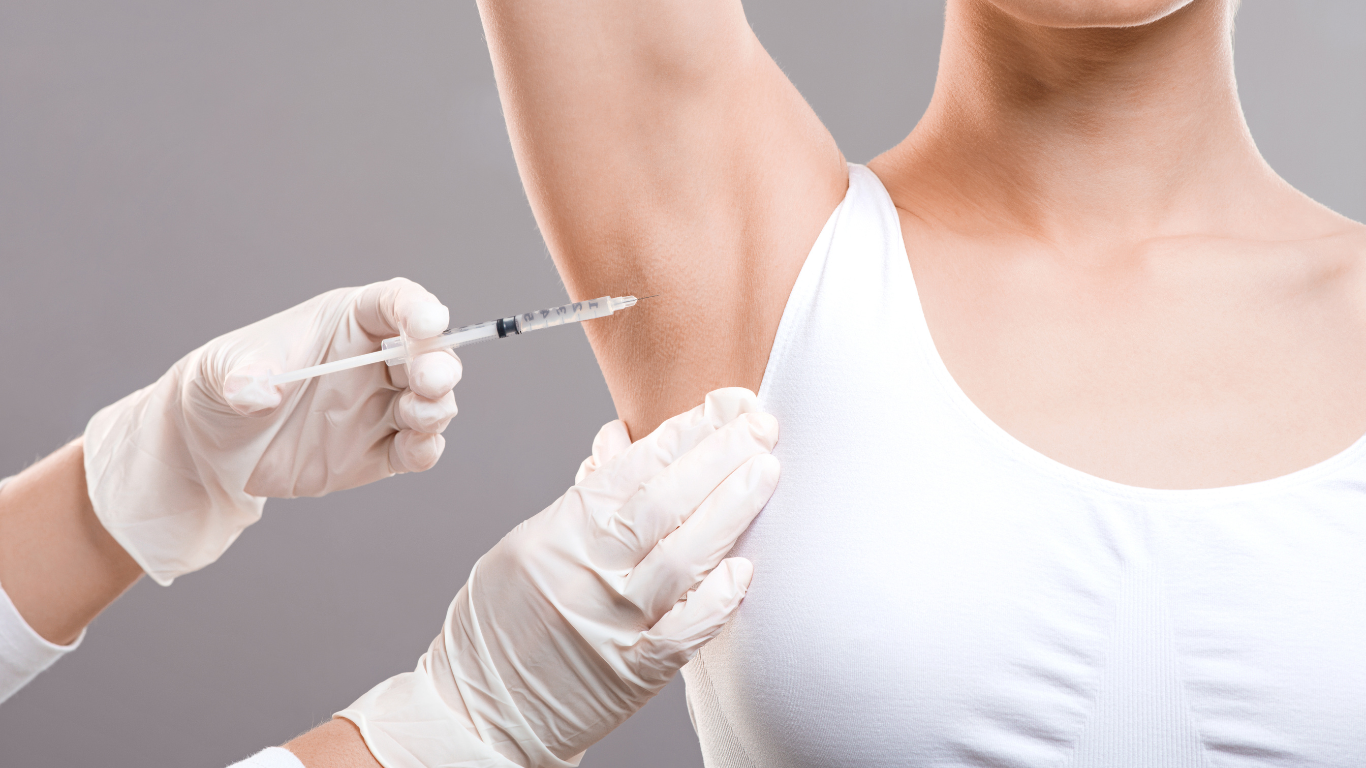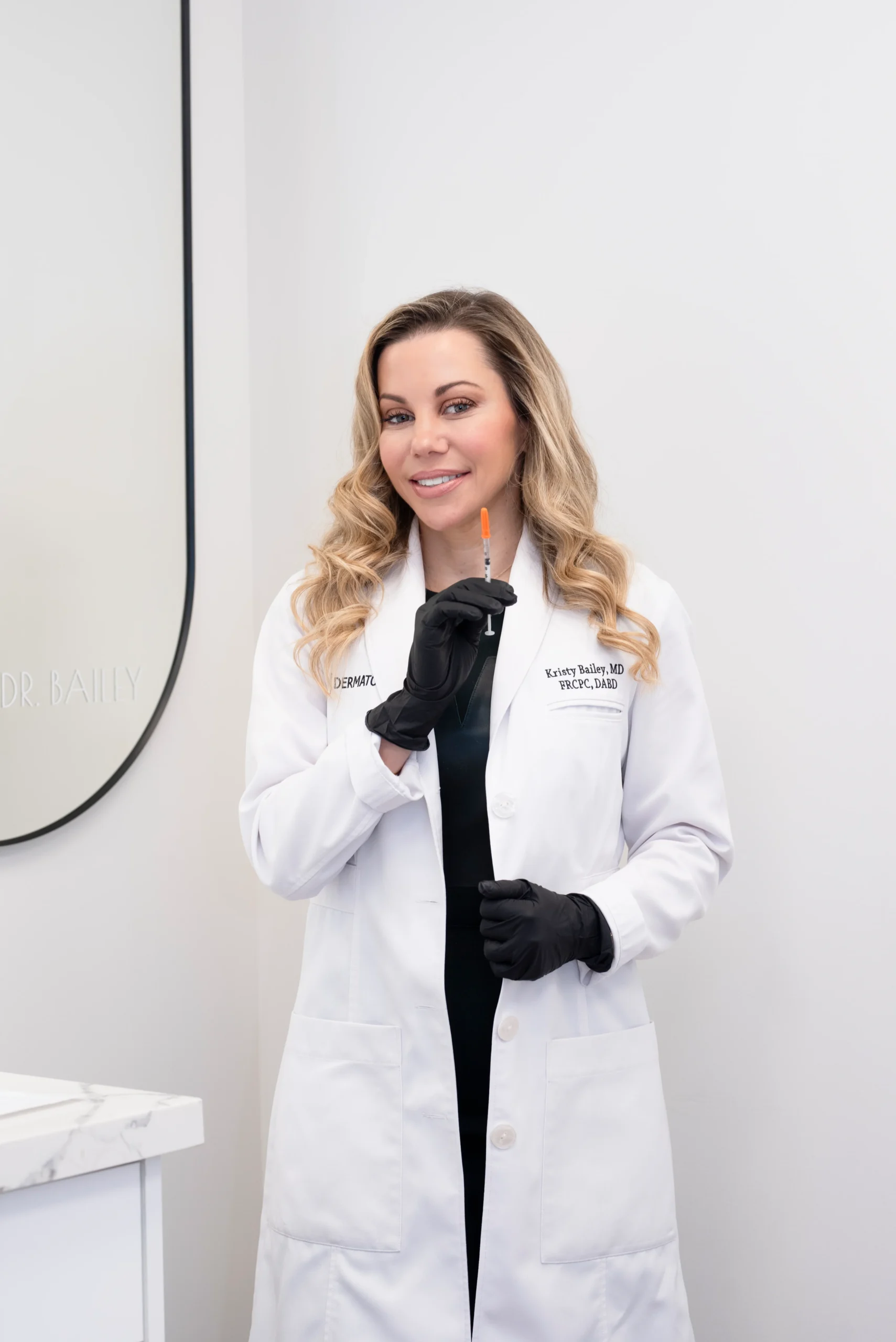
Hyperhidrosis Excessive Sweat
Excessive sweating, medically known as hyperhidrosis, is a condition that goes beyond the normal perspiration needed to regulate body temperature. It’s characterized by an overproduction of sweat, leading to persistent wetness and discomfort. While sweating is a natural bodily function, hyperhidrosis can significantly impact daily life, causing social anxiety and hindering personal and professional activities.
Understanding and addressing excessive sweating is not just about physical comfort; it’s about improving overall well-being and quality of life
Identifying the signs and symptoms of hyperhidrosis is essential for individuals seeking to manage this condition and improve their quality of life. Excessive sweating concentrated in specific areas, such as palms, soles, or underarms, is a hallmark of hyperhidrosis. Additionally, individuals with hyperhidrosis often experience frequent sweating regardless of the ambient temperature, contributing to discomfort and potential embarrassment. This section will also address the impact of hyperhidrosis on clothing choices and social situations. Persistent sweating can lead to stained clothing and may affect social interactions, potentially impacting an individual's confidence and well-being. Understanding these signs and symptoms is the first step toward exploring effective solutions for managing hyperhidrosis and regaining control over daily life.
Distinguishing between normal perspiration and hyperhidrosis is essential for understanding when sweating becomes a health concern. While sweating is a natural mechanism to regulate body temperature, hyperhidrosis involves an abnormal and excessive production of sweat that goes beyond the body's cooling needs. In this section, we'll explore the characteristics that differentiate the two and shed light on when sweating becomes a medical condition requiring attention. Moving forward, we'll delve into the multifaceted causes of hyperhidrosis, ranging from genetic factors to underlying medical conditions that contribute to this prevalent and often overlooked health concern.
Impact on daily life a
Excessive sweating, or hyperhidrosis, extends beyond a mere inconvenience. It can significantly impact an individual's daily life and overall well-being. Imagine the discomfort of constantly damp palms affecting handshake confidence or the challenge of choosing clothing based on its ability to conceal sweat marks. Beyond the physical aspects, hyperhidrosis can have emotional and social repercussions, leading to self-consciousness and anxiety in various social situations. It's crucial to recognize the holistic impact of hyperhidrosis on one's life to understand the importance of addressing this condition comprehensively. In the sections that follow, we'll delve into the intricacies of hyperhidrosis, exploring its types, prevalence, and the demographics it commonly affects.
For individuals managing Rosacea, prioritizing sun protection is paramount in preventing flare-ups and minimizing symptoms. Sun exposure is a known trigger for Rosacea, making the regular application of broad-spectrum sunscreen with high SPF crucial. Opt for physical blockers like zinc oxide or titanium dioxide for added protection. Additionally, adopting a gentle skincare routine is essential. Use mild, fragrance-free cleansers and moisturizers to avoid irritating the sensitive skin associated with Rosacea. When identifying triggers, it's beneficial to keep a diary to pinpoint specific factors that exacerbate symptoms. Common triggers include spicy foods, hot beverages, sun, wind, caffeine, and certain skincare products. Steering clear of these triggers can significantly contribute to managing and preventing Rosacea symptoms. By incorporating sun protection, adopting a gentle skincare regimen, and identifying and avoiding triggers, individuals can proactively address their Rosacea concerns and promote overall skin health. For more insights on Rosacea prevention, book a cosmetic consultation at FCP Dermatology today.
At FCP Dermatology we offer a wide range of surgical and cosmetic Dermatology services, in a 5-star luxury setting.
- +1 (416) 861-8600
- Contact Us
Hyperhidrosis Treatment
View Available Treatments
Hyperhidrosis Treatment
Treatment Options for Hyperhidrosis
Addressing hyperhidrosis, a condition characterized by excessive sweating, necessitates a multifaceted approach tailored to each person’s unique circumstances and the extent of their symptoms. The treatment landscape for hyperhidrosis spans various options, offering individuals the opportunity to find the most effective solution for their situation.
- How Botox Works for Hyperhidrosis: Botox injections have emerged as a successful intervention for managing hyperhidrosis. It interrupts nerve signals to sweat glands and thereby reduces excessive sweating.
- Treatment Frequency and Effectiveness: Botox typically takes 2 weeks for full effect and can last 6-8 months, providing relief from hyperhidrosis symptoms.
- Clothing Choices: Adapting one's wardrobe can significantly impact comfort levels. Opting for breathable fabrics and loose-fitting attire can help mitigate the effects of excessive sweating, promoting a more comfortable daily experience.
- Antiperspirants: The first line of defense against hyperhidrosis often involves the strategic use of antiperspirants. These products, readily available over the counter, contain active ingredients that reduce sweating. Exploring various formulations and finding the one that suits an individual's needs is crucial in managing day-to-day perspiration levels.
Over-the-Counter Solutions: Accessible and convenient, over-the-counter topical solutions such as Drysol provide an introductory approach to managing hyperhidrosis.
- Prescription Medications: Delving into the pharmacological realm, prescription medications provide an internal approach to controlling hyperhidrosis.
- Side Effects and Considerations: While oral medications can offer relief, potential side effects are often too great to warrant their use.
Thoracic Sympathectomy: For individuals seeking more permanent solutions, surgical options like thoracic sympathectomy can be considered. Keep in mind this is surgery and carries all the risks of a surgery.
Say Goodbye to Hyperhidrosis
Seeking Professional Help from a Dermatologist
Recognizing the significance of consulting a dermatologist is paramount in addressing hyperhidrosis. Dermatologists are equipped with specialized knowledge in skin conditions, particularly hyperhidrosis. This expertise is pivotal for ensuring accurate diagnoses and developing personalized treatment plans tailored to individual needs.
Furthermore, dermatologists play a pivotal role in conducting comprehensive assessments. They delve into thorough evaluations to identify the root causes of excessive sweating. This process highlights their expertise in distinguishing between primary and secondary hyperhidrosis, establishing the groundwork for precisely targeted and effective treatment strategies. Seeking the guidance of a dermatologist becomes instrumental in navigating the complexities of hyperhidrosis and initiating a path towards personalized and impactful solutions.

Hyperhidrosis Treatment FAQ
Frequently Asked Questions about
Hyperhidrosis
Hyperhidrosis is a medical condition characterized by excessive sweating beyond what is necessary to regulate body temperature. It can occur in specific areas like the palms, feet, underarms, or all over the body.
Hyperhidrosis can be primary, where the cause is unknown, or secondary, which may be triggered by medical conditions like diabetes, thyroid issues, or hormonal changes.
If you experience sweating that significantly impacts your daily activities or social interactions, you may have hyperhidrosis. Consult a healthcare professional for a proper diagnosis.
Hyperhidrosis is broadly categorized into two types: focal hyperhidrosis, which affects specific body areas, and generalized hyperhidrosis, which involves excessive sweating across the entire body.
Yes, hyperhidrosis can be managed through various treatments including topical antiperspirants, oral medications, iontophoresis, botulinum toxin injections, and in severe cases, surgery.
Treatment options for hyperhidrosis include prescription antiperspirants, oral medications like anticholinergics, iontophoresis (using a mild electric current to reduce sweating), botulinum toxin injections, and surgical procedures such as sympathectomy.
Yes, certain lifestyle changes such as wearing breathable fabrics, avoiding triggers like spicy foods or caffeine, practicing stress-reduction techniques, and maintaining good hygiene can help manage hyperhidrosis symptoms.
While hyperhidrosis is not life-threatening, it can significantly impact a person's quality of life and lead to social, emotional, and professional challenges. Seeking treatment is important for improving overall well-being.
Yes, living with hyperhidrosis can cause feelings of embarrassment, anxiety, and low self-esteem, leading to mental health issues like depression and social isolation. Seeking support from healthcare professionals and support groups can be beneficial.
Yes, there are several online and in-person support groups, forums, and organizations dedicated to providing information, support, and resources for individuals living with hyperhidrosis, such as the International Hyperhidrosis
